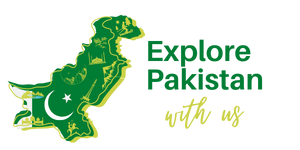Contact us
Team Explore Pakistan With Us
Media Queries
For media and advertising queries, or if you just want to say HEY, get hold of us at:

Explore beauty of Pakistan with us. We are here to facilitate you in your amazing travelling. Explore new adventures with us. We assist you to reached your destination in the best way.
Historical Places
Contact us
Team Explore Pakistan With Us
Media Queries
For media and advertising queries, or if you just want to say HEY, get hold of us at:
Copyright © 2024 explorepakistanwithus
WhatsApp us